Quiz: Airspace classifications and rules
Flight Training Central
MARCH 10, 2025
Each class of airspace is depicted with unique markings on the sectional chart and different VFR weather minimums and equipment requirements. What is the minimum ceiling and visibility for takeoff, landing, or entering the traffic pattern of an airport in Class E airspace under visual flight rules? airspace system.

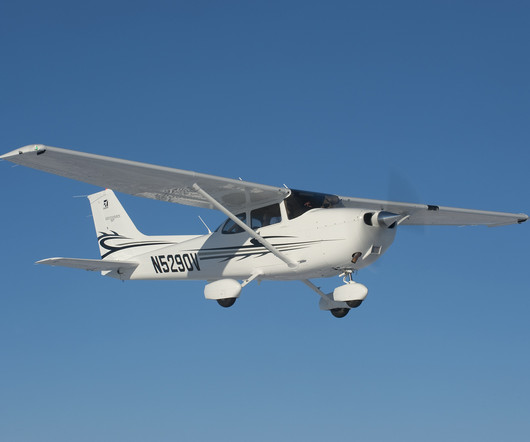
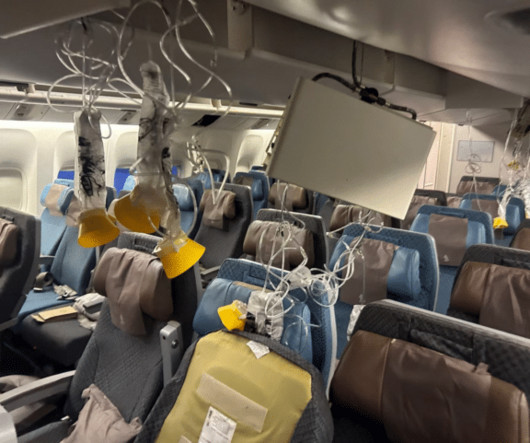


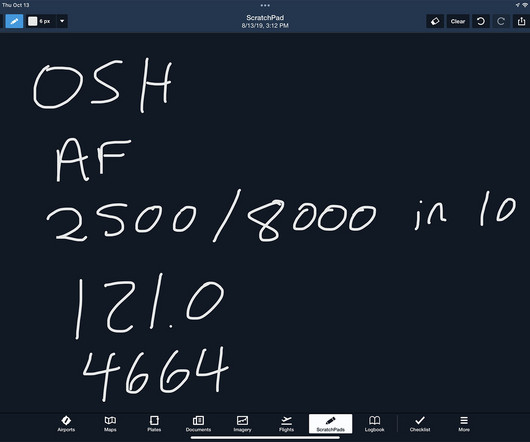



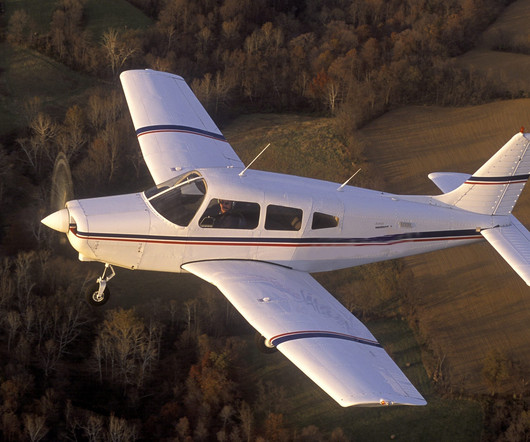
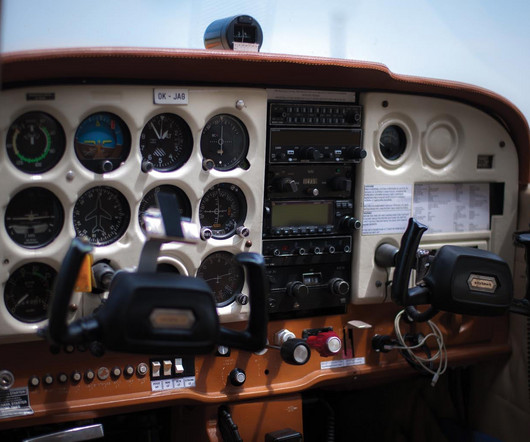
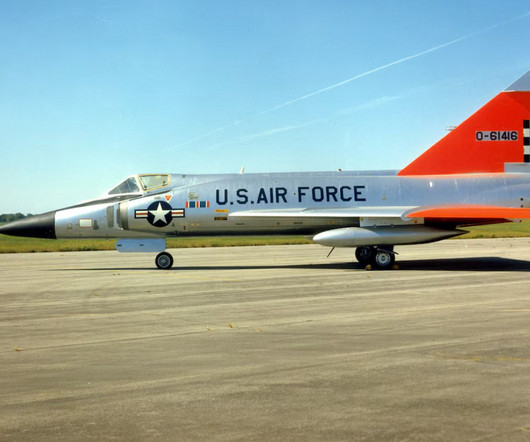
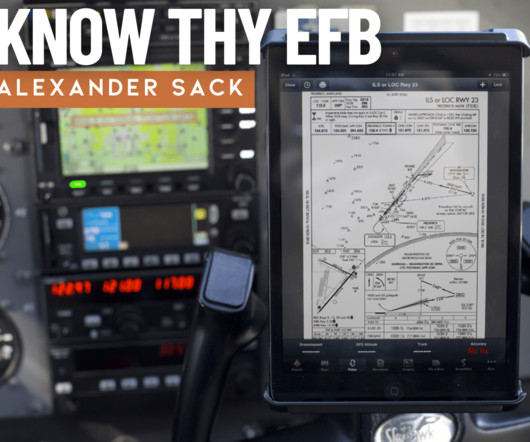






Let's personalize your content